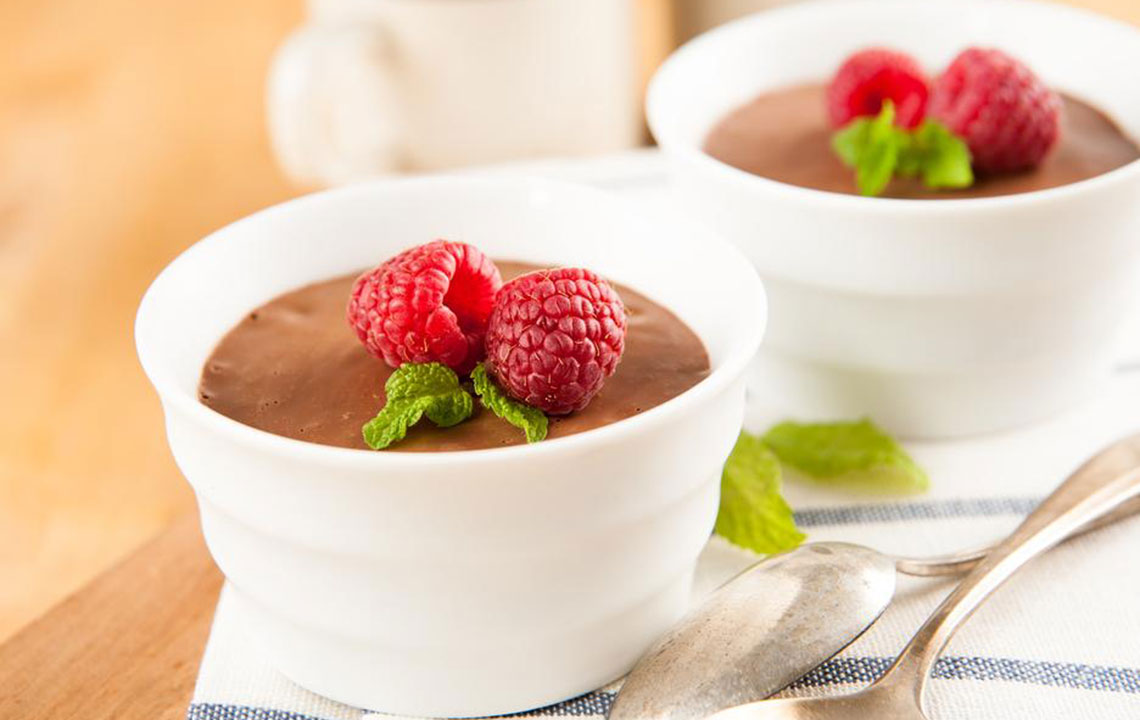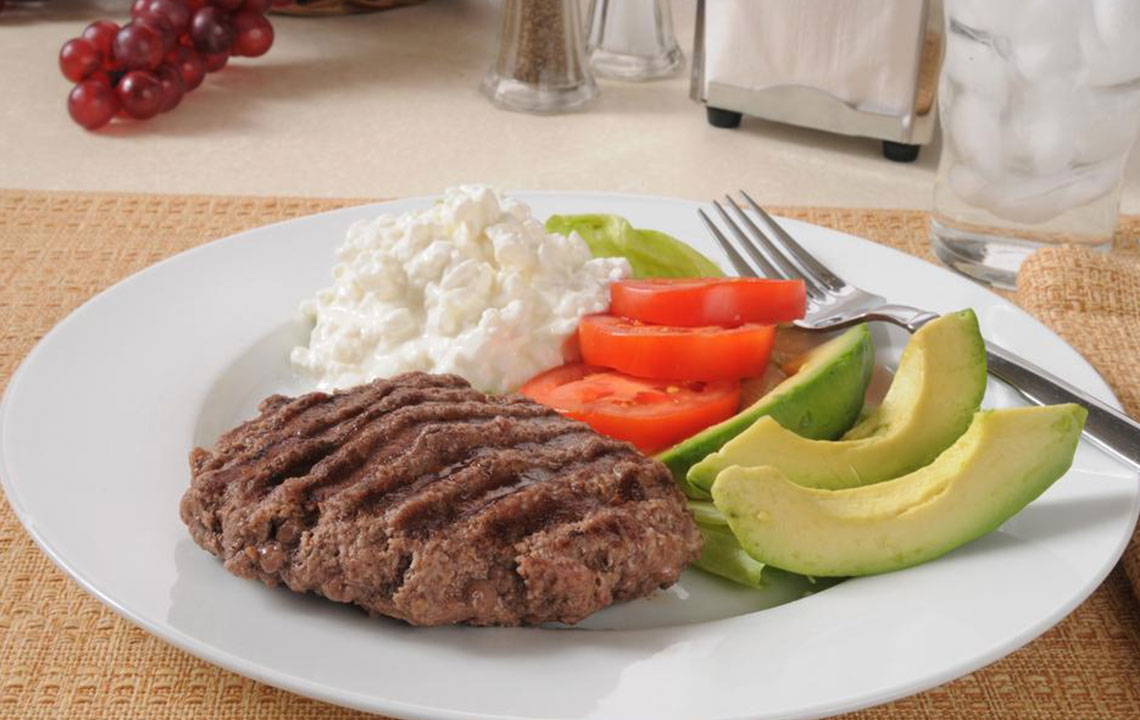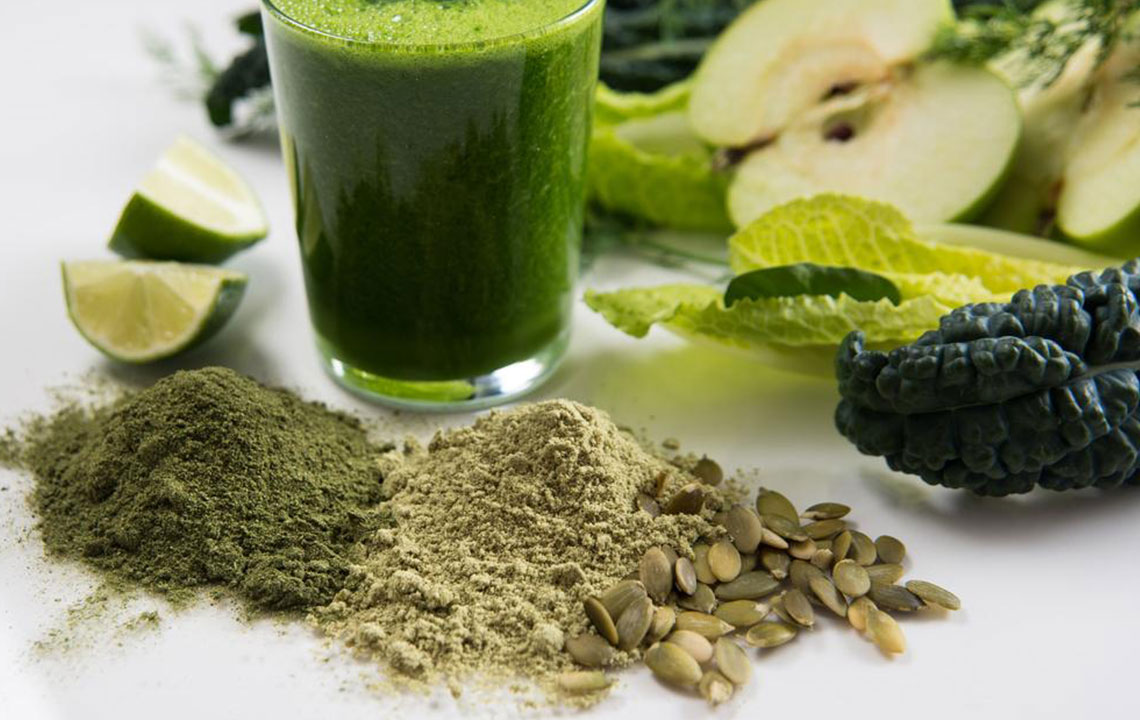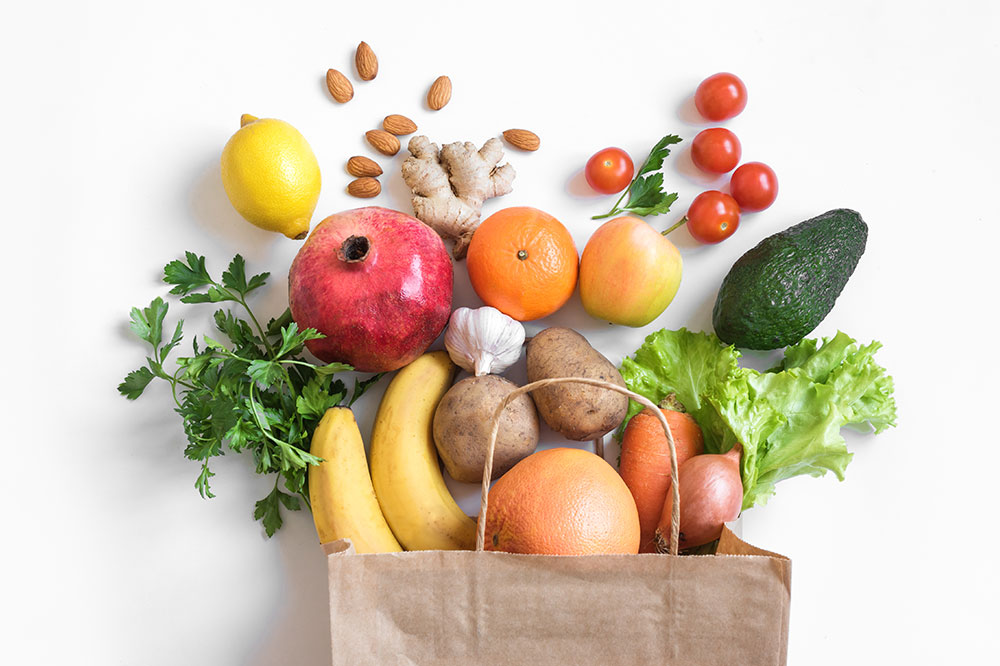Comprehensive Guide to the Paleo Diet Plan
Discover the essentials of the Paleo diet, including its principles, recommended foods, foods to avoid, sample meal ideas, health benefits, and potential risks. Perfect for those interested in ancestral eating patterns for improved health and wellness.
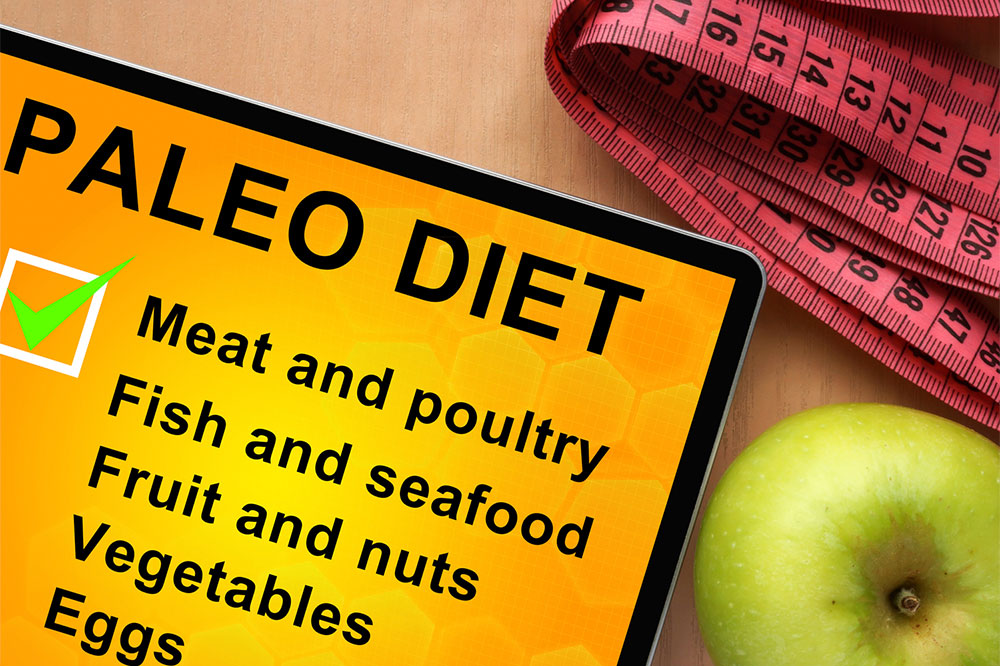
Understanding the Paleo Diet: Key Insights
The rise of various diet trends has led many to explore different eating plans, but only a handful have stood the test of time, one of which is the Paleo diet. Many individuals adopt this lifestyle and find it beneficial. If you're curious about Paleo, understanding its fundamentals will help you decide if it suits your health goals.
What is the Paleo diet?
The Paleo diet mimics the eating habits of ancient hunter-gatherer societies. Advocates argue that modern processed foods are long alienated from what our ancestors consumed, leading to health issues.
Proponents believe that the advent of farming introduced foods like dairy, grains, and legumes, which the human body wasn't evolutionarily prepared to handle. This mismatch is thought to contribute to chronic diseases such as diabetes and heart conditions. While exact historical menus are hard to confirm, scientists agree that early diets centered around whole, unprocessed foods.
Foods included in the Paleo diet
Since Paleo diets vary, there's no definitive list. Generally, ancient humans ate what was accessible in their environment, which means some groups had low carbohydrate, high animal protein diets, while others consumed more plant-based carbs. Typical Paleo foods are:
Brightly colored vegetables like spinach, kale, broccoli, carrots, cucumbers, beets, and asparagus
Fruits such as apples, bananas, berries, oranges, pomegranates, and avocados
Healthy fats from nuts and seeds like walnuts, almonds, pistachios, chia, flax, and pumpkin seeds
Various meats including beef, pork, lamb, bison, and venison
Fowl like chicken, turkey, ducks, and quail
Eggs from multiple poultry sources
Seafood including salmon, tuna, mackerel, shellfish, and crustaceans
Herbs and spices such as basil, ginger, turmeric, salt, thyme, and pepper
Essential oils like olive, flaxseed, and walnut oil
Dark chocolate with at least 70% cacao content
Foods to avoid on Paleo
To stay aligned with Paleo principles, steer clear of foods that our ancestors wouldn’t have accessed easily or that were non-existent during that era, including processed options. Typical foods to eliminate are:
Sugary snacks and drinks like candies, cakes, ice cream, sodas, and fruit juices
Grains such as wheat, barley, rice, rye, and oats
Dairy products including milk, cheese, butter, and yogurt
Legumes like beans, peas, lentils, soy, and peanuts
Fried, greasy fast foods including fries, fried chicken, margarine, and donuts
Preserved meats like bacon, deli meats, hot dogs
Artificial sweeteners such as aspartame and sucralose
Sample Paleo Meal Plan for Beginners
Curious how a typical day might look? Here’s a sample to guide newcomers or those undertaking a paleo challenge:
Breakfast: Eggs cooked with coconut oil, turkey bacon, berries, and coffee
Lunch: Basil avocado chicken salad
Snacks: Oranges, carrot sticks, celery sticks
Dinner: Grilled steak, roasted sweet potatoes with olive oil, and asparagus
Remember, hydration and daily physical activity complement the Paleo diet's benefits.
Health advantages of the Paleo diet
Numerous research studies support Paleo’s positive impact, such as weight management, improved insulin sensitivity, healthier blood pressure, better cholesterol profiles, and enhanced longevity. Additionally, removing trans fats and increasing fiber from fruits and vegetables contribute to cardiovascular and digestive health.
Potential drawbacks and considerations
While the Paleo diet offers many health benefits, it may not suit everyone. Some may experience lower energy due to reduced carbohydrate intake or face concerns over insufficient calcium and vitamin D from limited dairy. Excess consumption of red meats could also increase risks related to heart and kidney health.


